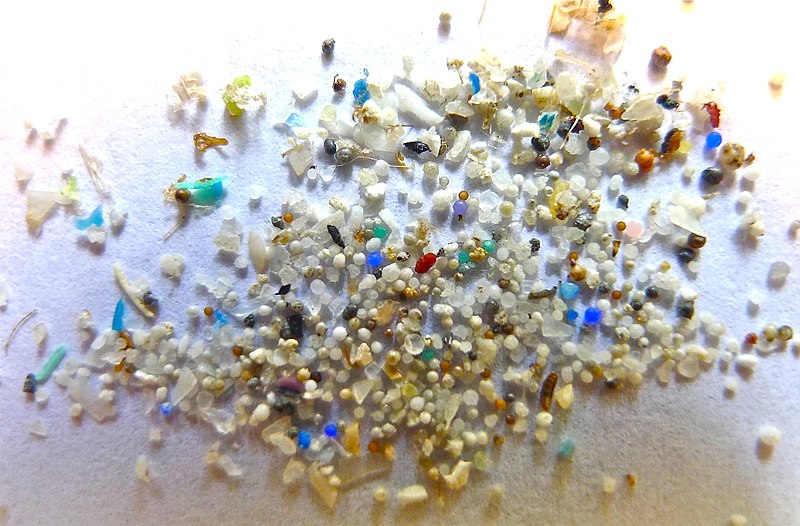Advancing Robotics with Lab-Grown Skin
A team at the University of Tokyo is bringing a futuristic vision closer to reality with their research on grafting lab-grown skin onto robots, specifically targeting facial features. Their study, published in the journal Cell Reports Physical Science, details a method for attaching this “living skin” as well as demonstrates its potential to create a natural-looking smile.
Beyond Aesthetics: Multiple Benefits
This innovation goes beyond aesthetics. The team envisions several potential benefits:
- Robots with human-like skin could be more effective in social settings, healthcare, and entertainment applications where natural interaction is key.
- Living skin has the inherent ability to repair minor injuries, potentially reducing maintenance needs and increasing robot lifespan.
- The technology could be a valuable tool for studying skin aging and developing improved skin grafts or cosmetic products.
Creating Functional Bio-Skin
The researchers cultured human skin cells to create a functional layer of tissue. Inspired by human ligaments, they designed a unique anchoring system. This system allows the bio-skin to flex and contract with the robot’s movements. As a result, the robot can make realistic facial expressions.
A Step Towards Human-Like Androids
While the current creation might raise eyebrows, it signifies a significant step towards robots that are not only more human-like in appearance but also more functional and adaptable. This technology could pave the way for androids with more expressive faces.
Professor Shoji Takeuchi, who led the research team, believes this technology can also “shed better light on wrinkle formations and the physiology of facial expressions,” potentially aiding in the development of transplant materials and cosmetics.







